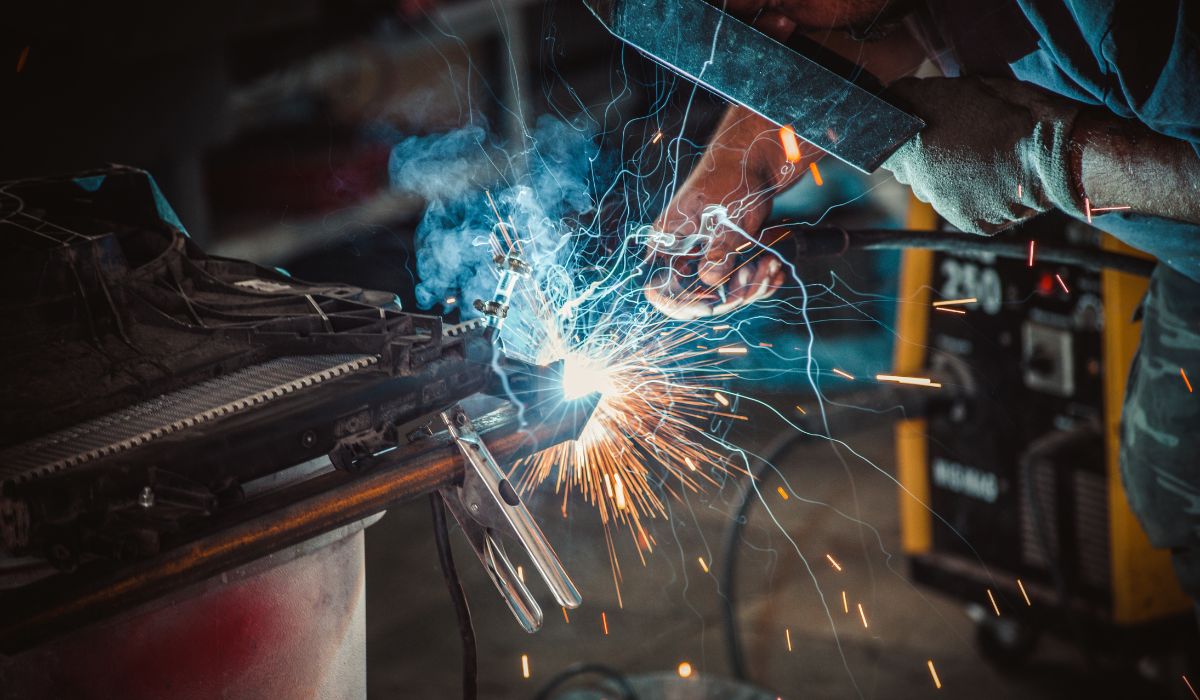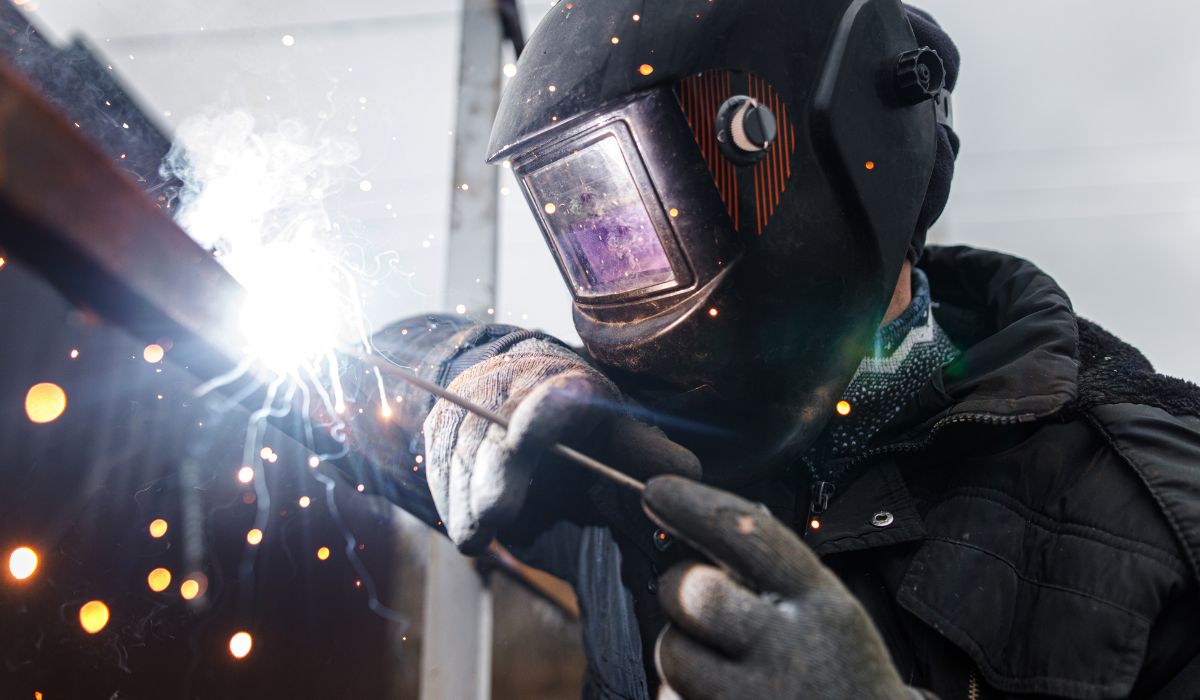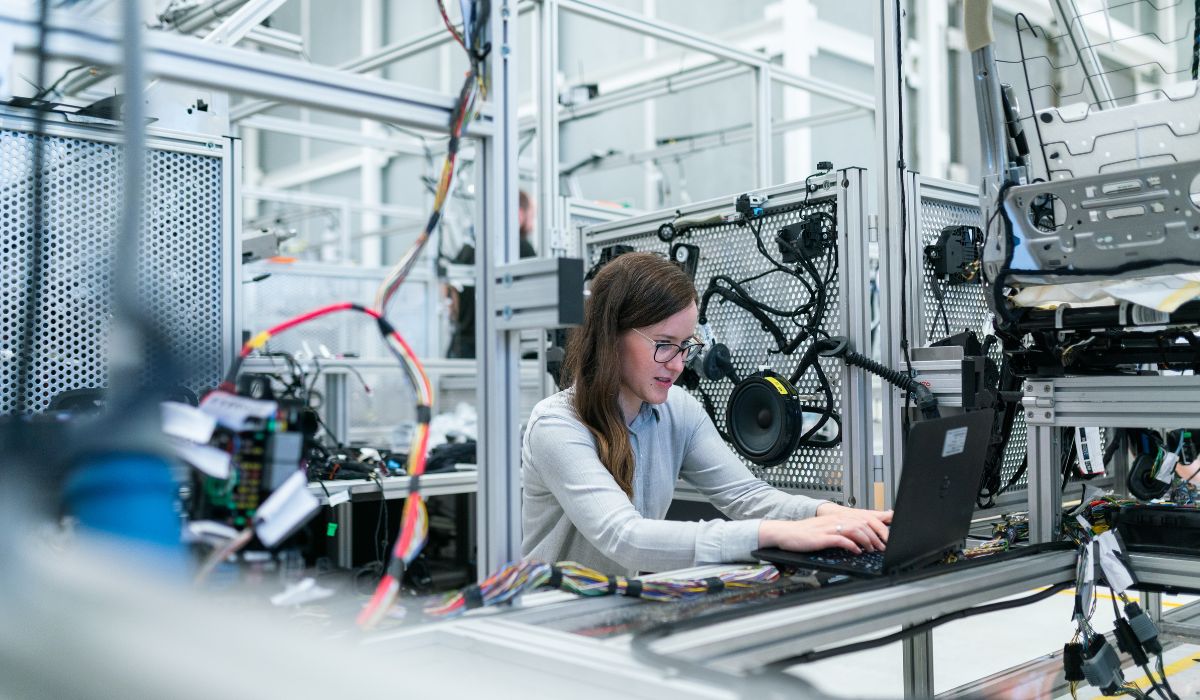
This blog will explain what welding fixtures are, why their design matters, and how they’re helping modern manufacturers improve speed, safety, and quality.
What is a Welding Fixture?
A welding fixture is a tool or device that holds, supports, and aligns parts during the welding process. It keeps the metal pieces in the correct position so they don’t move while being joined.
Without a good fixture, welds can be weak, misaligned, or inconsistent.
Why is Welding Fixture Design So Important?
Welding fixture design directly affects the quality of the final product. A well-designed fixture makes welding:
- Faster – no time wasted in adjusting parts manually
- More accurate – parts stay in the exact position
- Repeatable – every weld joint is the same
- Safer – reduces handling during the process
The goal is to make welding easier for the welder or the machine while ensuring perfect alignment every time.
Basic Functions of a Welding Fixture
A welding fixture must:
- Hold parts firmly to prevent any movement
- Maintain correct angles and alignment
- Resist heat and distortion during welding
- Allow easy loading/unloading of parts
- Be user-friendly and safe to operate
All of this depends on good design.
Elements of Welding Fixture Design
Designing a welding fixture involves many factors. Here are the most important elements:
1. Base Plate
The base holds the entire fixture. It should be flat, rigid, and heat-resistant.
2. Locators
These pins or blocks guide the workpiece into the correct position.
3. Clamps
They hold the metal parts tightly to avoid movement during welding. They can be manual, pneumatic, or hydraulic.
4. Stops and Supports
Used to control how far the part goes into the fixture and support heavy components.
5. Access for Welding Tools
The design must allow space for torches, robotic arms, or weld heads to reach the joint area without obstructions.
Types of Welding Fixtures
Depending on the job, different types of fixtures are used:
• Manual Fixtures
These are operated by hand and used for simple jobs or small batches.
• Pneumatic/Hydraulic Fixtures
Use air or fluid pressure to clamp parts quickly and uniformly. Suitable for larger production.
• Robotic Welding Fixtures
Designed for use with welding robots. They must be highly precise and offer complete access for robotic arms.
• Modular Fixtures
Made of interchangeable parts. Can be adjusted or reused for different products.
Key Principles of Good Fixture Design
Here are the most important rules to follow in welding fixture design:
1. Simplicity
The fixture should be as simple as possible while doing the job. Too many parts make it hard to use and maintain.
2. Rigidity
The fixture must be strong enough to resist heat and force during welding.
3. Repeatability
It should give the same results every time. This helps in mass production.
4. Flexibility
If possible, design fixtures that can be used for more than one part or product.
5. Safety
The fixture should not have sharp edges, pinch points, or loose parts that can harm workers.
Common Materials Used in Fixtures
Since welding produces heat and sparks, fixtures are made using durable materials like:
- Mild Steel
- Tool Steel
- Aluminum (for lightweight setups)
- Cast Iron
- Copper alloys (to resist welding spatter)
The choice depends on the type of welding and size of the part.
Challenges in Welding Fixture Design
Designing a welding fixture is not always easy. Some common challenges include:
- Dealing with thermal expansion
Weld heat can distort the part. The fixture must handle this. - Part variation
If parts are not always the same size, the fixture may not work well. - Welding distortion
As metal cools, it can pull and bend. The fixture must resist or allow controlled movement. - Limited space
The design must balance holding the part and allowing welding tool access.
How Automation Affects Welding Fixture Design
In today’s manufacturing, automated and robotic welding is becoming more common. This means fixture design must now:
- Be more precise (robots work on exact coordinates)
- Include sensors or actuators for automated clamping
- Be durable for 24/7 production
- Be quick to change over between different parts (especially for SPMs)
Modern welding fixtures are often part of full automation systems.
CAD and Simulation in Fixture Design
Computer-Aided Design (CAD) software is widely used for designing welding fixtures. It allows:
- 3D modeling of parts and fixture layout
- Checking clearances for clamps and weld tools
- Simulating thermal effects and stress points
Simulation helps detect problems before building the fixture, saving time and cost.
Tips for Manufacturers
If you are planning to design or invest in a welding fixture, consider these tips:
- Identify the welding process (MIG, TIG, Spot) first
- Understand part geometry and thickness
- Choose suitable clamping and locating methods
- Keep the design modular and accessible
- Use heat-resistant materials
- Always test the design with samples or simulations before full production
Conclusion
Welding fixture design is a critical part of successful welding operations. Whether manual or robotic, a good fixture improves speed, accuracy, and safety. As industries move towards smarter manufacturing, the role of well-designed fixtures becomes even more important.
With careful planning and modern tools like CAD and automation systems, manufacturers can create fixtures that meet the demands of today’s high-speed production lines.


